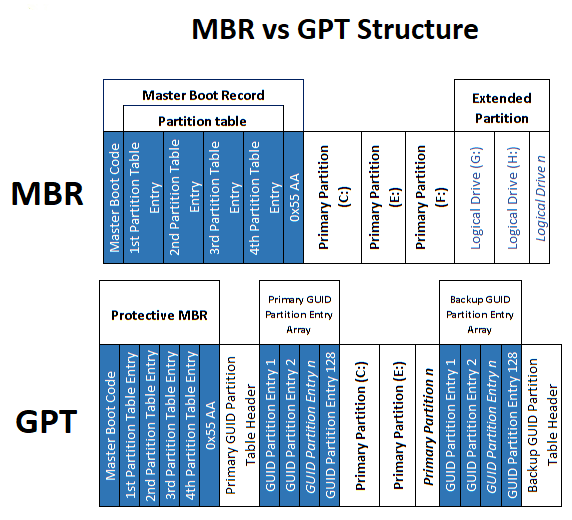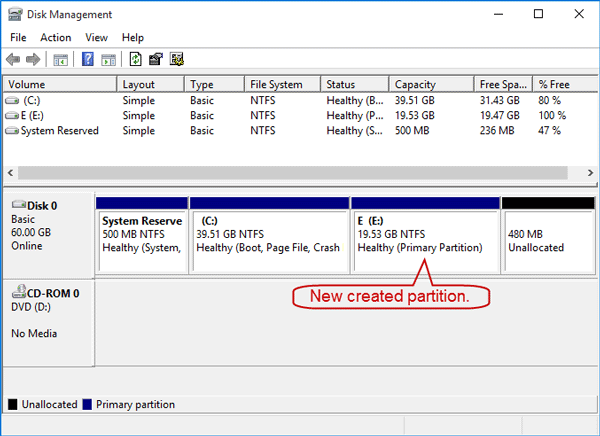

- #Guid partition map or master boot record for use in both windows and mac mac os x#
- #Guid partition map or master boot record for use in both windows and mac mac os#
- #Guid partition map or master boot record for use in both windows and mac series#
The most common scheme for this is an Extended Boot Record, though BSD systems often nest a BSD disklabel instead.ĪPM can grow up to 62 partitions GPT can have at least 128.
#Guid partition map or master boot record for use in both windows and mac series#
To get around the limit, one of the partitions is usually created as an "extended partition" which nestedly contains a series of "logical partitions". MBR and APM limit the usable disk size to 2 TiB (a partition can neither start nor end beyond the 2 TiB limit). Startup disk, choose Master Boot Record.Differences between MS-DOS style Master Boot Record (MBR), the Apple Partition Map (APM), and the UEFI-style GUID Partition Table (GPT) are such: Disk size If you need to use the disk with Windows, particularly as a Their startup disks, while PowerPC Macs use Apple Partition Intel Macs require the GUID Partition Table for Need to change this if the disk is meant to be used with WindowsĬomputers, or as a startup disk for a Mac with a differentĪrchitecture. If you need to access the partition from Windows
#Guid partition map or master boot record for use in both windows and mac mac os#
You will normally want to use Mac OS Extended Information" or "Volume Information", choose the format you would like
#Guid partition map or master boot record for use in both windows and mac mac os x#
Insert a Mac OS X install disc in your computer, and then restart theĬomputer while holding down the c key. In Mac OS X 10.6 or earlier, to partition your startup disk,.To select your main language, choose it and then click the arrow.Ĭlick Disk Utility and then click Continue. Your computer while holding down Command-r. In Mac OS X 10.7, to partition your startup disk, restart.

Open Disk Utility via one of the following methods: Mac OS X 10.4 and earlier, or 10.5 and later with changes to the partition

Partition its own name and file system type. To add or remove partitions, click the + (plus sign) Partition, you can resize the partition by dragging the handle up orĭown.

With the handle at the bottom-right of each Should be set to Current) represents your hard disk, where


 0 kommentar(er)
0 kommentar(er)
